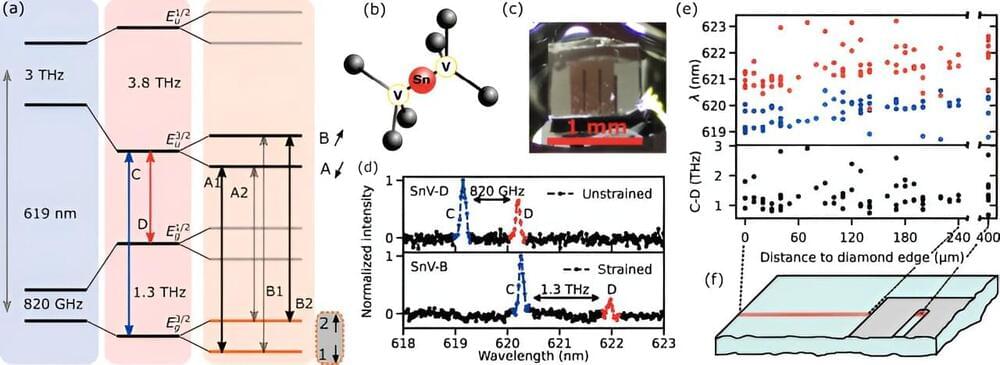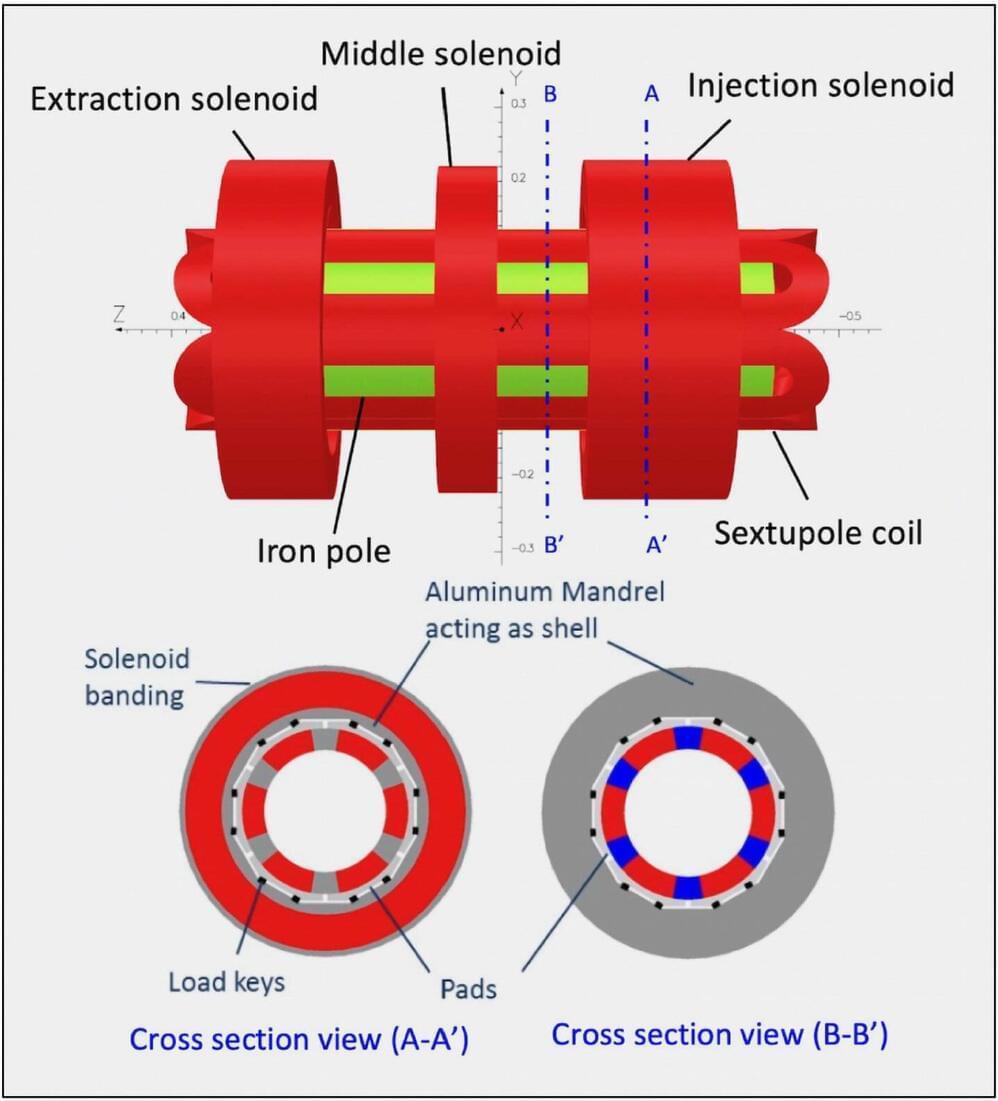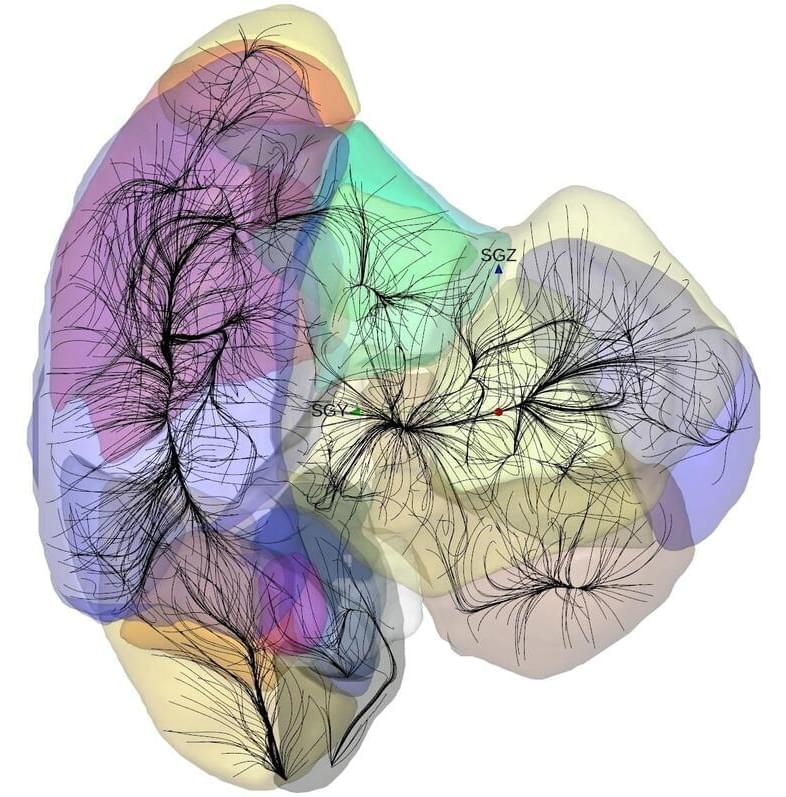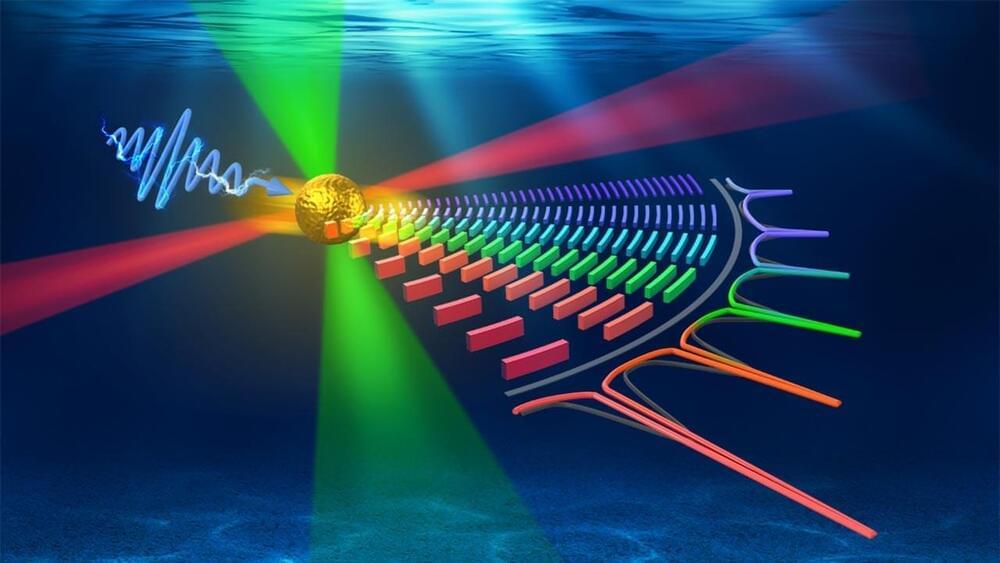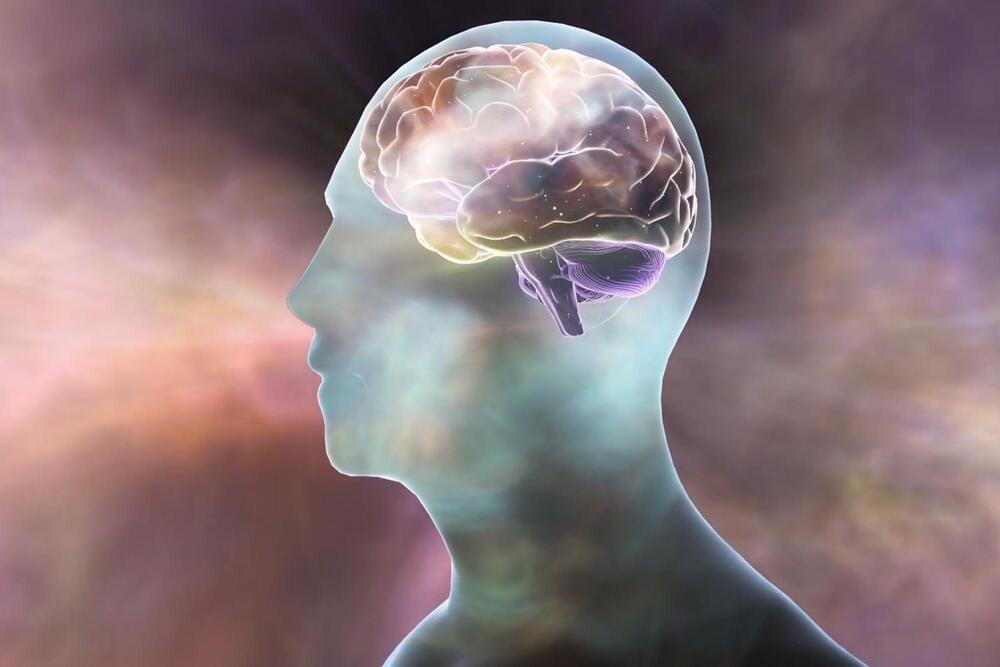Oct 5, 2024
Quantum communication: Using microwaves to efficiently control diamond qubits
Posted by Saúl Morales Rodriguéz in categories: computing, quantum physics
In a first for Germany, researchers at the Karlsruhe Institute of Technology (KIT) have shown how tin vacancies in diamonds can be precisely controlled using microwaves. These vacancies have special optical and magnetic properties and can be used as qubits, the smallest computational units for quantum computing and quantum communication. The results are an important step for the development of high-performance quantum computers and secure quantum communications networks.
